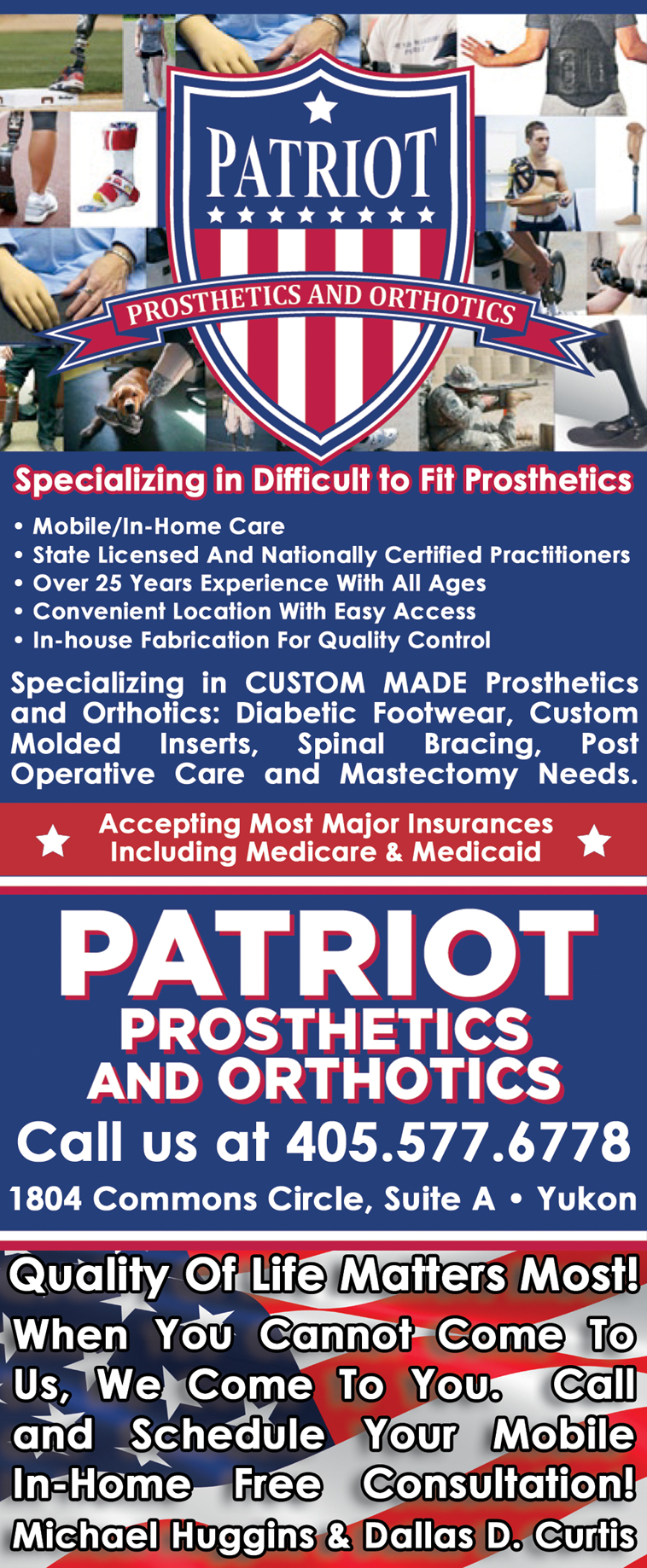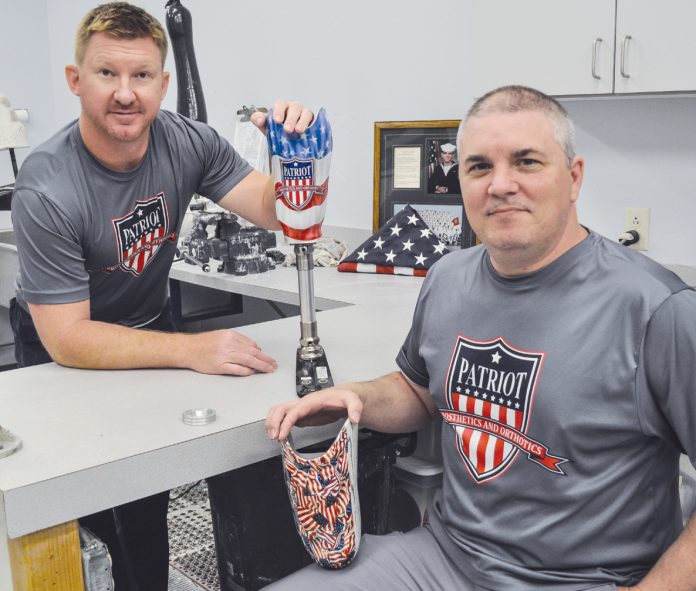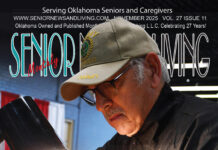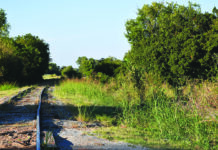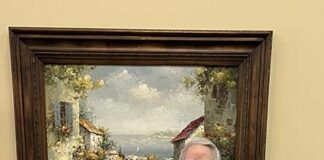by Bobby Anderson, Staff Writer
If you get the right fit, then everything else will take care of itself.
It’s the driving motto at Patriot Prosthetics in Yukon where Dallas Curtis and Michael and Michele Huggins have literally given thousands of Oklahomans a new lease on life.
In any given year, Oklahoma ranks either first or second nationally in the number of amputations.
There’s a host of health reasons behind it but what’s left every time is a person facing one of the most emotionally and physically draining experiences of their life.
That’s where Patriot comes in.
The pieces of steel, plastic and carbon fiber Huggins and Curtis create aren’t just works of art but art that truly works.
“They become one with the patient,” said Huggins, whose father had a prosthetic clinic on Oklahoma City’s south side for 16 years. “After awhile it becomes them so you take it and you work with it just like that. This is part of this patient so you carry it and work with that in mind.”
THE RIGHT FIT
Huggins knows that every prosthetic clinic in America orders parts from the same handful of manufacturers.
In that respect, most shops are the same.
But what Huggins and Curtis pride themselves on is taking the extra time to ensure the right fit.
“No matter what we put on underneath that socket it doesn’t matter,” Curtis said. “If the fit’s not good who cares if you have microprocessor-controlled knees or power ankle and feet systems. There’s so much technology out there now in our field it’s ridiculous, but it’s how you apply it.”
Growing up, prosthetics was close to home for Huggins.
He was around 10 when his father lost his leg above the knee following a car accident.
He watched his dad literally learn to walk again and often times regrets having to do so.
He saw the look on his dad’s face most mornings before he had to strap on the 16-pound apparatus that was allegedly his new leg.
After years of fit issues and being told ‘that’s the best we can do’ his father compressed four years of school into two before teaming with the legendary Ray Buddin – a below-the-knee amputee.
THE PROCESS
Patriot offers mobile, on-site, care for many of its patients. Staff can team up with your physician, therapist, or other healthcare provider to coordinate appointments near you or at your home.
Huggins says clients appreciate not having to spend the day driving across Oklahoma City for a single visit while many still enjoy coming to Patriot’s Yukon office.
The steps taken to be fit with a prosthesis or orthotic device vary from patient to patient. Commonly, patients are referred by a physician or therapist early in the healing process for an initial free evaluation to discuss their needs in detail.
Measurements and/or a casting may also occur during this initial visit.
It was while playing football at Northeastern State University in Tahlequah, Curtis found his way into the world or prosthetics.
While spearheading several community service programs with NSU athletes he literally uncovered his niche.
Spending time with a nursing home resident one day, Curtis saw a man come in, raise the man’s pant leg and uncover a prosthetic limb.
“I didn’t even know he was an amputee. He functioned really well,” Curtis said. “I had no idea until that prosthetist showed up. I was just hanging out, chatting and playing checkers.”
A new major followed for Curtis as did a career as a prosthetist.
“Back then everybody wanted it covered,” Curtis said of the stigma amputees carried. “Everybody wanted to disguise it as much as possible.”
Before opening Patriot, Curtis was the prosthetic supervisor at the Oklahoma City VA Health Care System.
Now he and Huggins have become the go-to clinic for those who have been told “that’s the best we can do.”
Huggins said the rule has and always should be “if it hurts then something’s wrong.”
THE RIGHT TECHNOLOGY
“The function of this is unbelievable,” Curtis said, holding a microprocessor prosthetic knee that has bluetooth connectability.
After fitting a client with the technology Curtis can connect wirelessly via his laptop and make a host of adjustments to match the client’s natural gait.
Patients are taught how to reprogram the joint for different activities through their smart phone.
Carbon technology allows energy to be returned to the client through rebound technology on some prosthetics.
But technology isn’t their passion.
“This stuff is not about us. This is about the amputee,” Huggins said. “We play a small part by casting and knowing how to modify and make that socket work throughout the day. The amputee takes it and does the rest.
“I don’t feel like I can take credit for a lot of what they do. That’s up to them.”
